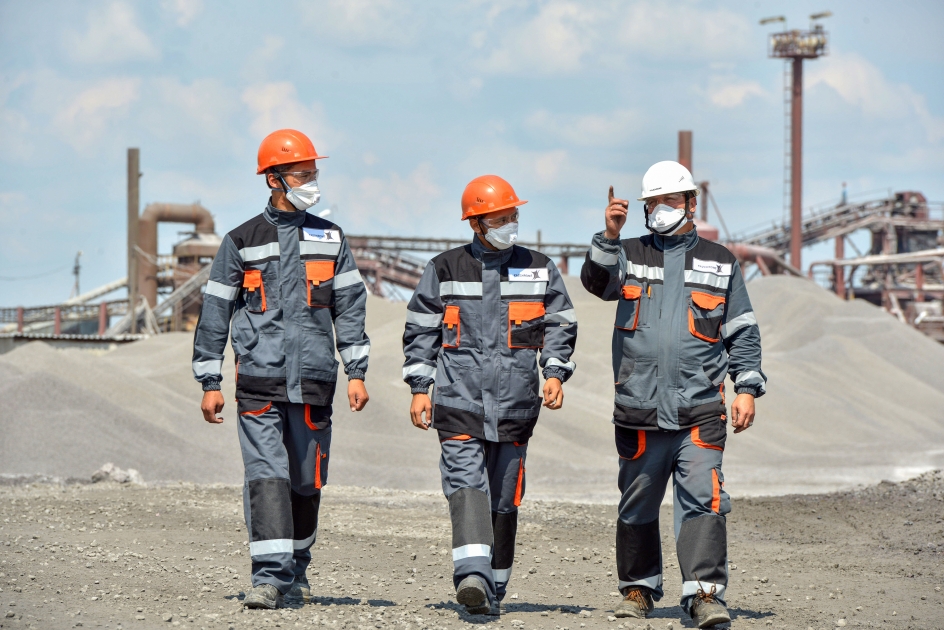At issue with Line 9B: An interview with an intervenor
Dr. Darko Matovic is no oil sands opponent. It would be “hypocritical” to say we don’t need oil, Matovic told MINING.com.
But the Queens university fluid mechanics professor is a major opponent of Enbridge’s plans to reverse the flow of Line 9B – a pipeline that extends from North Westover, Ontario to Montreal.
“The issue is how we transport it,” said Matovic.
In November 2012, Enbridge – a Canadian energy delivery company – submitted an application with the National Energy Board (NEB) to reverse the flow and increase the capacity of its 639-kilometre Line 9B.
Oil currently flows east to west, but with Western Canadian crude priced lower than foreign oil, Enbridge wants its pipeline to run from west to east – the direction for which it was originally approved and was reversed only in 1998 when foreign oil became more affordable.
Public opposition has been fierce. Protests even shut down the final day of public hearings with the NEB and Enbridge had to deliver its final responses in writing.
Dozens of intervenors testified over a 10-day public hearings period in October, among them was Matovic, on behalf of the Ontario Pipeline Probe.
“I was not opposed to Line 9 until I took a closer look,” Matovic told MINING.com.
The professor argues that there are several problems with Enbridge’s application, starting with the quarter-inch thickness – which, according to Matovic, would “never have been allowed today.”
Matovic also takes issue with Enbridge’s application which relates to work on transfer stations but not to the actual pipelines.
The company’s application does not impact pipelines, Enbridge argues, because only the capacity will increase. The Maximum Operating Pressure (MOP) – approved in 1975 – will stay the same.
Matovic claims that the pipeline never actually ran at MOP and requests that it be subject to hydrostatic testing before being allowed to run at this level – a request which Enrbdige denied during hearings, arguing that “hydrostatic testing can have detrimental effects on a pipeline.”
“To which you wonder, isn’t it better that pipeline shows weakness during the test rather than during operations?” Matovic said.
In its closing arguments, Enbridge argued that in-line inspection tools would ensure the safety of the pipelines.
“The way we’ve approached internal inspection technology is we want the most reliable technology available so that we don’t have a bunch of surprises, and we know that the tools that we’ve run have very high levels of reliability,” Leon Zupan, chief operating officer for Enbridge’s liquids pipelines division told the Globe and Mail. “As a result we haven’t seen any issues associated with the line that haven’t already been confirmed with the (in-line inspection) technology that we’ve run.”
While preparing for the hearings, Ontario Pipeline Probe also asked for details about all the spills in the last 10 years. In a letter to the NEB, Enbridge declined to provide this information, arguing that the environmental effects of pipeline ruptures are “not within the scope” of the project.
Matovic also takes issue with the fact that the pipeline goes directly through certain urban areas. At one section, the line crosses the Toronto subway system.
In its final arguments submitted October 25, Enbridge accepts certain amendments from the City of Toronto regarding this crossing and working with city agencies to develop an emergency response plan.
Matovic believes they should reroute the line so that it doesn’t cross through downtown Toronto at all.
The NEB will issue its decision in January. Matovic doesn’t think they’ll get the approval and that they’ll be told to apply separately for the pipeline.
More News
{{ commodity.name }}
{{ post.title }}
{{ post.date }}





Comments
nobody24
I just love it when some “genius” academic, who like most academics, haven’t spent a day in the “real” world know more than people who are actually in the business. Enviromorons somehow believe that the PL company only wants to make money, and cares nothing about spills. EMs just don’t (won’t) get it, it is NOT in the pipeline company’s best interest to have pipe failures… they are in the profit business, there is no profit in PL spills, so they do everything to make them safe, to suggest otherwise, suggests to me, that those opposed don’t have functioning brain cells